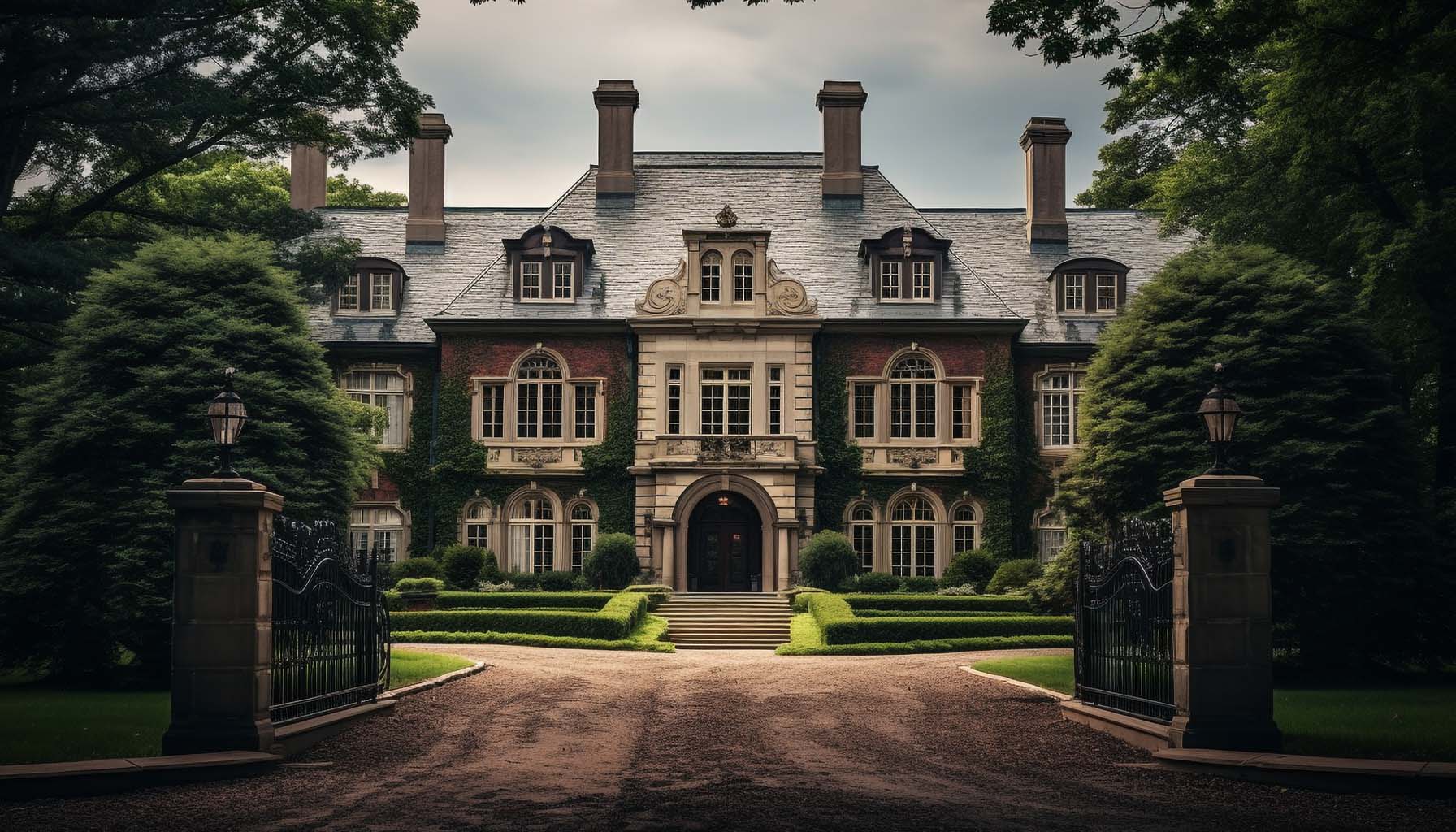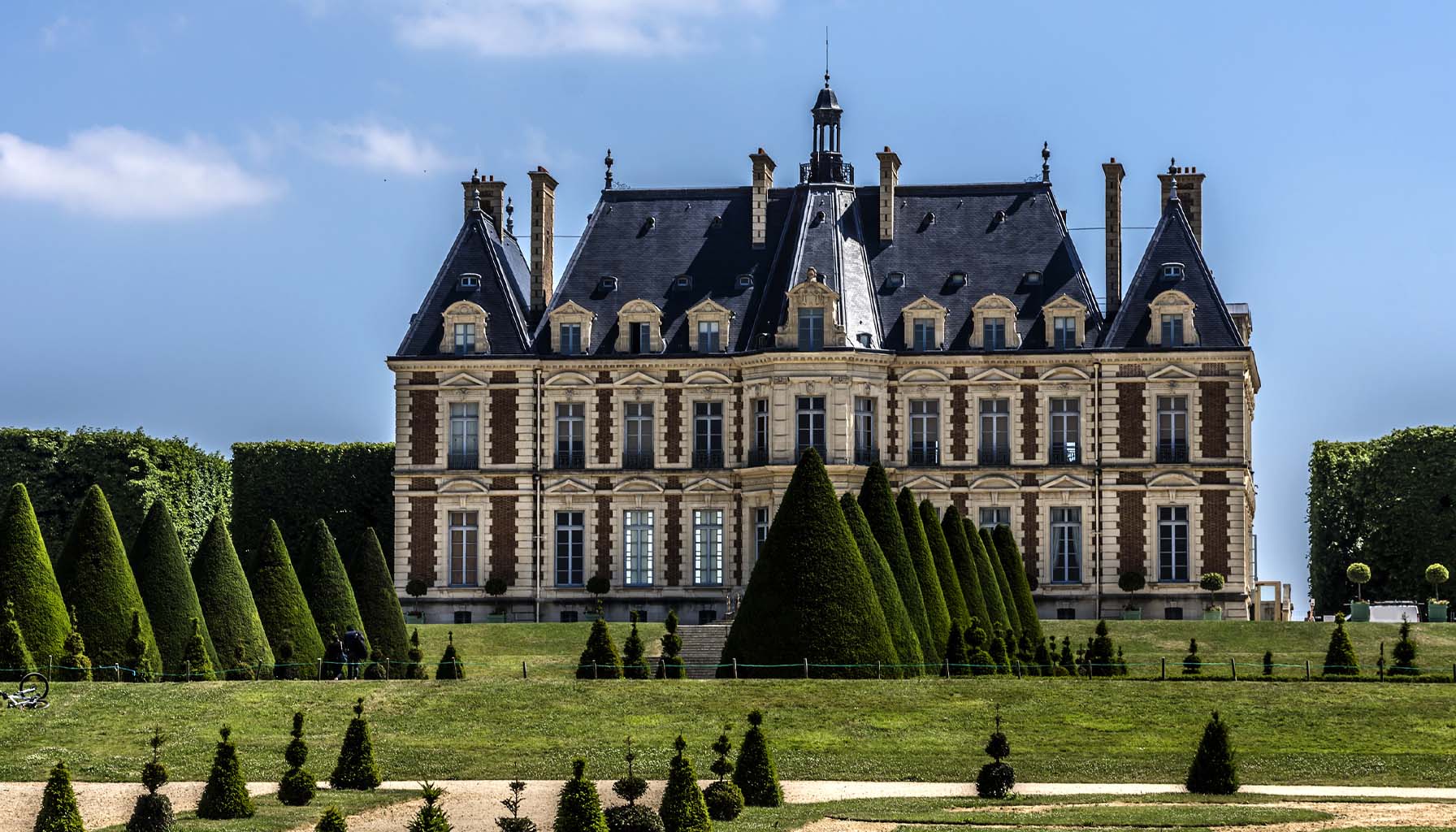
The importance of
Provenance
Rare and unique properties are often sought after by collectors, investors, and those seeking to own something truly exclusive.

Rare and unique properties are often sought after by collectors, investors, and those seeking to own something truly exclusive.
Articles | Carbon Heritage
The concept of provenance, the history of ownership and transmission of an object or property, plays a significant role in both the maintenance of historical buildings and the construction of new grand luxury properties, albeit for different reasons and with distinct implications.
Provenance in a property is highly valuable for several interconnected reasons, spanning from tangible benefits like financial value to intangible benefits like historical significance and emotional resonance. The value of provenance can be understood through various lenses:
Historical and Cultural Significance: Properties with a rich provenance carry with them a piece of history. This connection to the past not only adds to the cultural tapestry of a community or region but also imbues the property with a unique character and story that cannot be replicated. For many buyers and enthusiasts, owning a piece of history is invaluable, offering a tangible link to events, figures, or eras of particular interest or importance.
Authenticity and Rarity: Provenance confirms the authenticity of a property, certifying its age, origins, and history of ownership. This authenticity, especially when tied to significant architectural styles, historical events, or renowned previous owners, makes a property rare and unique. Rarity is a key driver of value in any market, including real estate, where unique properties are often sought after by collectors, investors, and those seeking to own something truly exclusive.
Emotional and Aesthetic Appeal: Properties with notable provenance often possess an aesthetic and emotional appeal that transcends their physical attributes. The story behind a property can evoke feelings of nostalgia, admiration, or pride, making it more desirable to potential buyers. This emotional connection can enhance the perceived value of a property, making individuals willing to pay a premium for the privilege of being part of its history.
Investment Potential: From an investment perspective, properties with significant provenance are often seen as safer bets. Their historical and cultural significance can protect against depreciation, as their value is not solely dependent on market fluctuations but also on their irreplaceable historical worth. Furthermore, such properties can attract interest from a global pool of buyers, including collectors and investors who are specifically interested in properties with unique historical value.
Marketing and Branding Advantage: For developers and sellers, the provenance of a property is a powerful branding and marketing tool. It allows them to differentiate the property in a crowded market, highlighting its unique features, historical significance, and exclusive appeal. This can attract a niche market of buyers interested in properties that offer more than luxury—a sense of legacy and prestige.
Legal and Ethical Recognition: Properties with a documented provenance may also benefit from legal protections and ethical recognition, especially if they are designated as heritage or historical landmarks. This can include tax incentives, grants for preservation, and increased community support for the maintenance and conservation of the property. Such recognition not only helps in preserving the property but can also add to its value by ensuring that its historical character is maintained for future generations.
Social Status and Prestige: Ownership of a property with significant provenance often carries with it a degree of prestige and social status. The association with historical figures, landmark events, or architectural masterpieces can confer a sense of distinction and exclusivity on the owner, reflecting positively on their taste, wealth, and cultural appreciation.
"Becoming part of Carbon Heritage elite circle of clientele means you're in great hands, as we understand how the irreplaceable and unique value of a property's provenance—whether the historical significance, cultural richness, emotional connection, or investment opportunities—creates a deeply appealing and highly sought-after quality in the real estate world."


Authenticity and Integrity: Provenance is crucial for establishing the authenticity and integrity of historical buildings. Knowledge of a building's origins, including its architectural style, construction methods, and historical use, helps to ensure that restoration and preservation efforts are appropriate and respectful of its historical context.
Cultural Significance: The provenance of historical buildings often contributes to their cultural significance, as it provides insights into the social, political, and economic contexts in which they were constructed and used. This information can enhance public appreciation and understanding of the building's place in history.
Legal and Ethical Considerations: Provenance can have legal implications, particularly in cases of disputed ownership or heritage listings. Knowing the history of a building's ownership and any changes made over time is essential for resolving legal issues and ensuring compliance with heritage protection laws.
Conservation Planning: Understanding the provenance of materials and construction techniques used in historical buildings is vital for effective conservation planning. It allows conservationists to source appropriate materials and apply methods that are consistent with the building's original construction, thus preserving its historical authenticity.
Value Enhancement: The provenance of a historical building can significantly enhance its value, both culturally and financially. Buildings with well-documented histories and associations with significant historical events or figures are often considered more valuable and attract greater interest from the public, historians, and investors.
Brand and Prestige: For new luxury properties, provenance relates more to the reputation and history of the architects, designers, and builders involved in their creation. A property designed by a renowned architect or built by a prestigious construction firm can carry significant cachet, enhancing its desirability and value.
Exclusivity and Distinction: Provenance can also pertain to the location and historical significance of the land on which new luxury properties are built. Properties constructed in historically significant areas or on land with a notable past can offer a sense of exclusivity and distinction that appeals to high-end buyers.
Investment Value: The provenance associated with luxury properties, including the pedigree of their design and construction teams as well as the history of the location, can enhance their investment value. Properties with notable provenance are often seen as safer investments, likely to appreciate in value over time due to their unique characteristics and appeal.
Marketing and Branding: For developers and sellers, the provenance of new luxury properties is a powerful marketing tool. Highlighting the involvement of famous architects, exclusive locations, and the use of premium materials can attract attention and interest from potential buyers looking for properties that offer something beyond mere luxury—history, prestige, and a unique story.
Cultural and Environmental Sustainability: In some cases, the provenance of new luxury properties includes considerations of environmental sustainability and cultural sensitivity. Properties that incorporate sustainable building practices or that are developed with respect for the historical and cultural significance of their locations can appeal to a segment of the luxury market that values ethical and sustainable luxury.
While the importance of provenance in historical buildings primarily revolves around authenticity, conservation, and cultural significance, in the context of new grand luxury properties, provenance plays a key role in establishing brand prestige, exclusivity, investment value, and marketing appeal. In both cases, provenance enriches the narrative and value of properties, making it a critical consideration in their preservation, development, and sale.

Elevate your property portfolio with Carbon Heritage and become part of an exclusive circle of elite clientele.